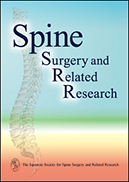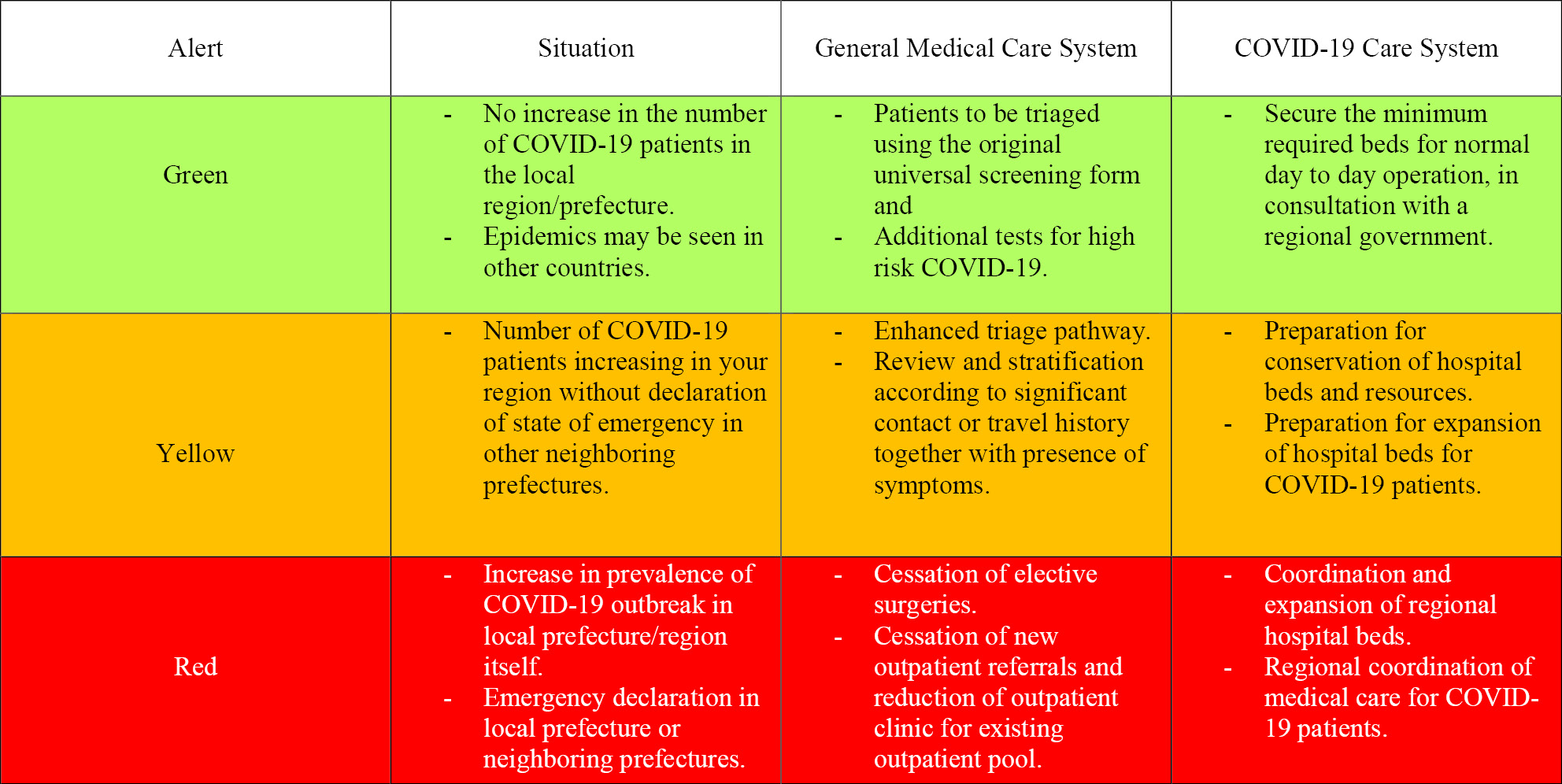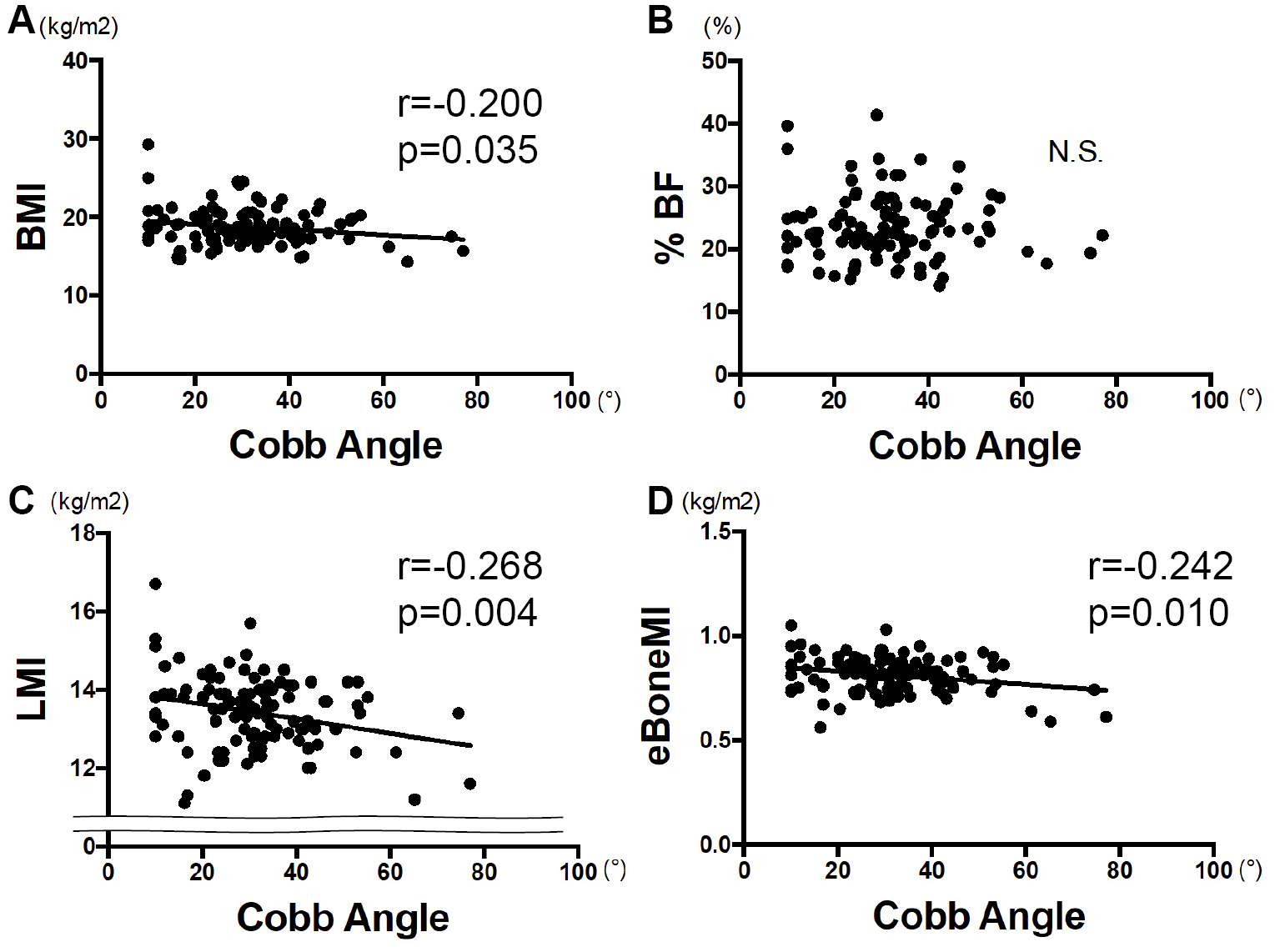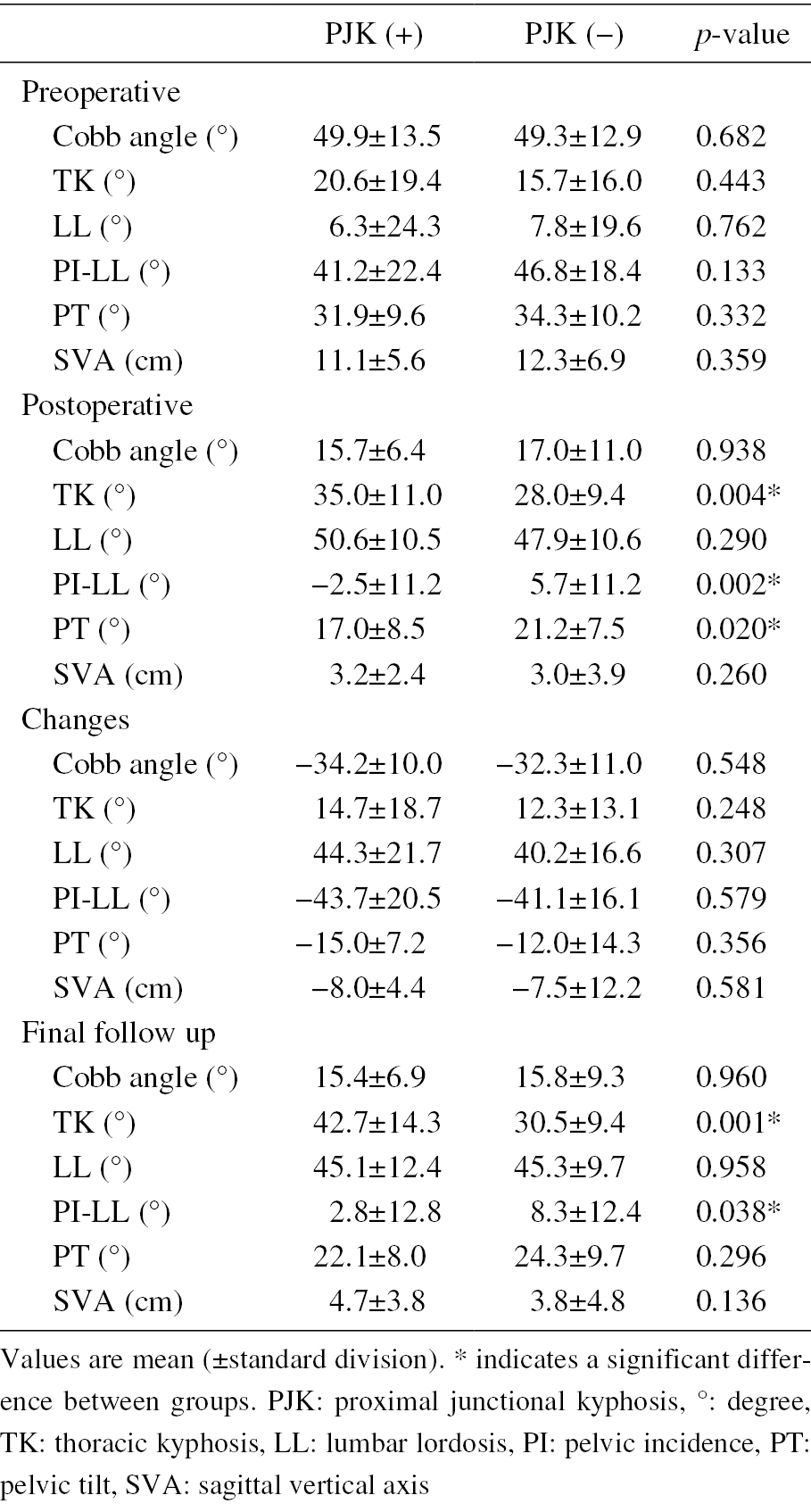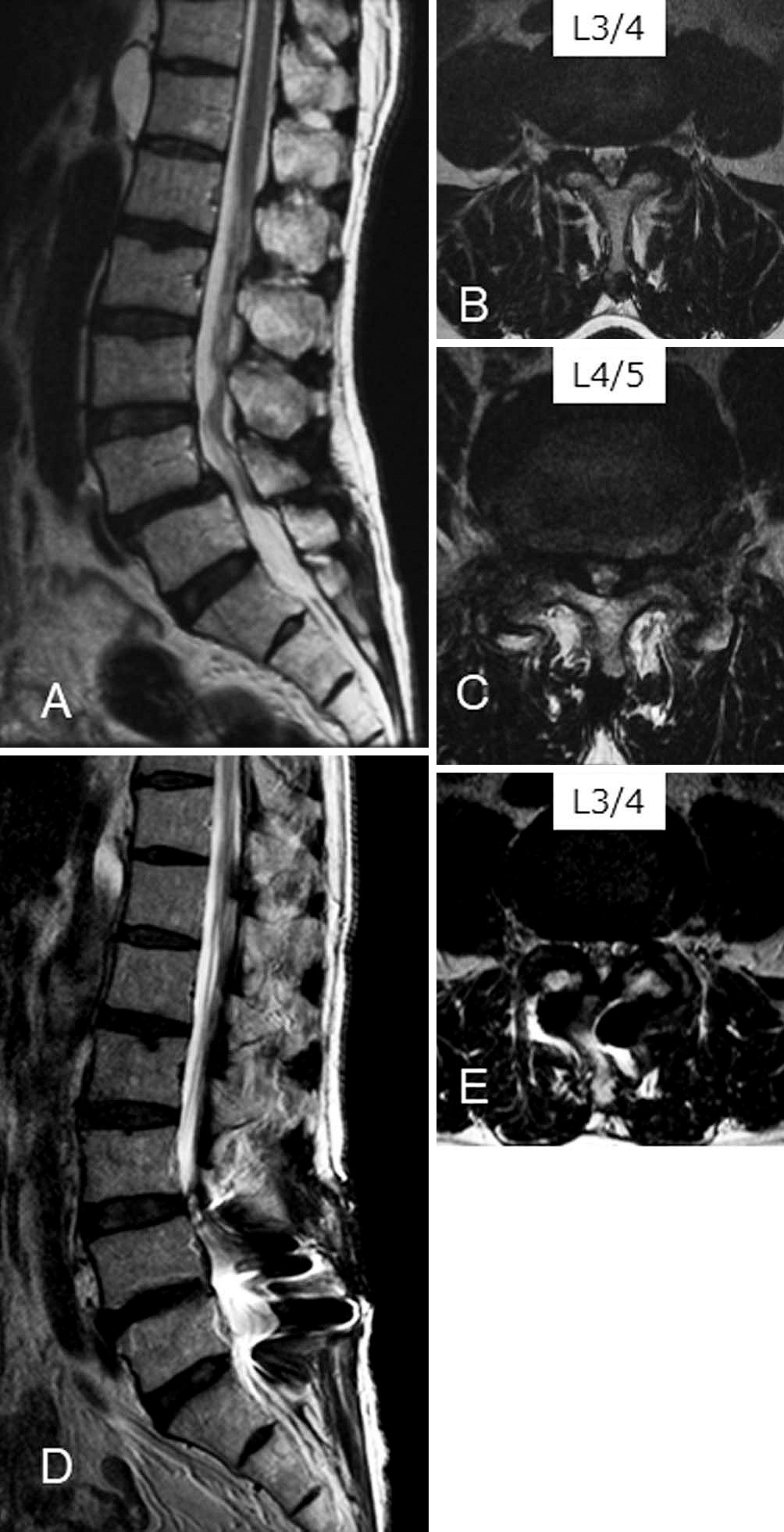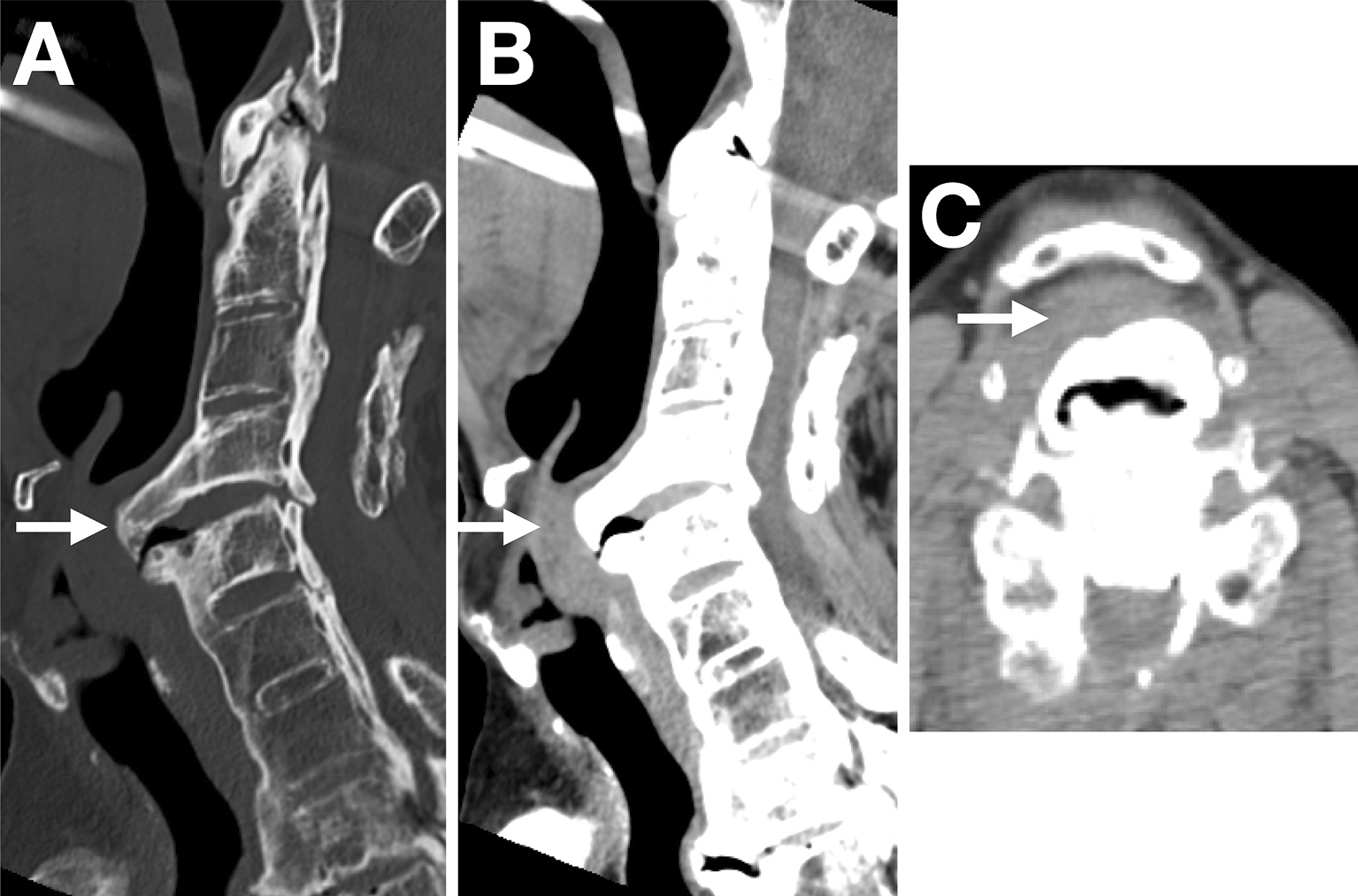5 巻, 2 号
選択された号の論文の12件中1~12を表示しています
- |<
- <
- 1
- >
- >|
REVIEW ARTICLE
-
2021 年 5 巻 2 号 p. 52-60
発行日: 2021/03/27
公開日: 2021/03/27
[早期公開] 公開日: 2020/12/21PDF形式でダウンロード (132K) -
2021 年 5 巻 2 号 p. 61-67
発行日: 2021/03/27
公開日: 2021/03/27
[早期公開] 公開日: 2020/08/20PDF形式でダウンロード (267K)
ORIGINAL ARTICLE
-
2021 年 5 巻 2 号 p. 68-74
発行日: 2021/03/27
公開日: 2021/03/27
[早期公開] 公開日: 2020/08/31PDF形式でダウンロード (322K) -
2021 年 5 巻 2 号 p. 75-80
発行日: 2021/03/27
公開日: 2021/03/27
[早期公開] 公開日: 2020/08/31PDF形式でダウンロード (402K) -
2021 年 5 巻 2 号 p. 81-85
発行日: 2021/03/27
公開日: 2021/03/27
[早期公開] 公開日: 2020/08/31PDF形式でダウンロード (87K) -
2021 年 5 巻 2 号 p. 86-90
発行日: 2021/03/27
公開日: 2021/03/27
[早期公開] 公開日: 2020/08/20PDF形式でダウンロード (162K) -
2021 年 5 巻 2 号 p. 91-97
発行日: 2021/03/27
公開日: 2021/03/27
[早期公開] 公開日: 2020/10/09PDF形式でダウンロード (704K) -
2021 年 5 巻 2 号 p. 98-103
発行日: 2021/03/27
公開日: 2021/03/27
[早期公開] 公開日: 2020/08/31PDF形式でダウンロード (361K) -
2021 年 5 巻 2 号 p. 104-108
発行日: 2021/03/27
公開日: 2021/03/27
[早期公開] 公開日: 2020/09/23PDF形式でダウンロード (528K)
TECHNICAL NOTE
-
2021 年 5 巻 2 号 p. 109-113
発行日: 2021/03/27
公開日: 2021/03/27
[早期公開] 公開日: 2020/08/31PDF形式でダウンロード (825K)
CLINICAL CORRESPONDENCE
-
2021 年 5 巻 2 号 p. 114-116
発行日: 2021/03/27
公開日: 2021/03/27
[早期公開] 公開日: 2020/07/10PDF形式でダウンロード (669K) -
2021 年 5 巻 2 号 p. 117-119
発行日: 2021/03/27
公開日: 2021/03/27
[早期公開] 公開日: 2020/07/10PDF形式でダウンロード (315K)
- |<
- <
- 1
- >
- >|
